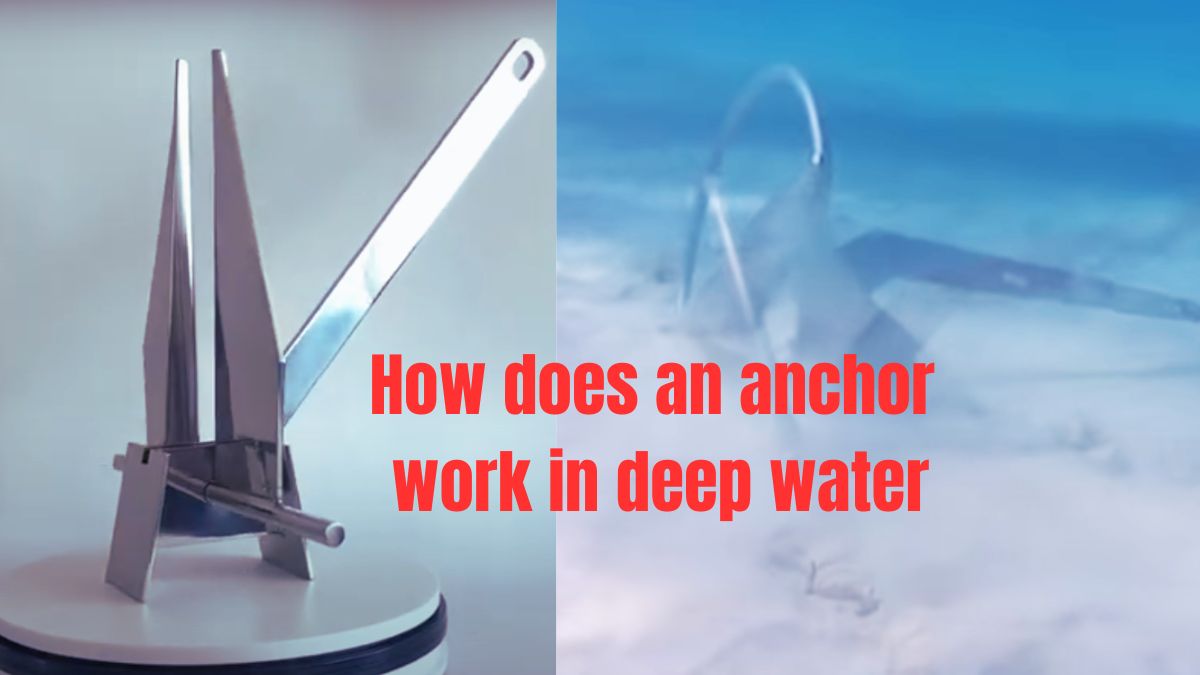
How does an anchor work in deep water
How does an anchor work in deep water Before knowing that, we first need to know in detail about the anchor and the deep water of the sea
An anchor is a device, usually made of metal, designed to keep a ship connected to the seabed. Anchors are:
- Essential components of marine equipment.
- Serving to secure vessels in changing tides.
- Currents and weather conditions.
Deep water covers vast expanses of the ocean, where deeps extend far beyond the reach of standard anchor lines. Several key elements will define deepwater situations, each creating unique challenges for sea operations.
How do anchors hold a boat in place
Unusual depth
Deepwater conditions are marked by their considerable depth, often exceeding hundreds or even thousands of meters. The considerable water stress at this depth would require robust anchoring systems qualified to resist extreme forces.
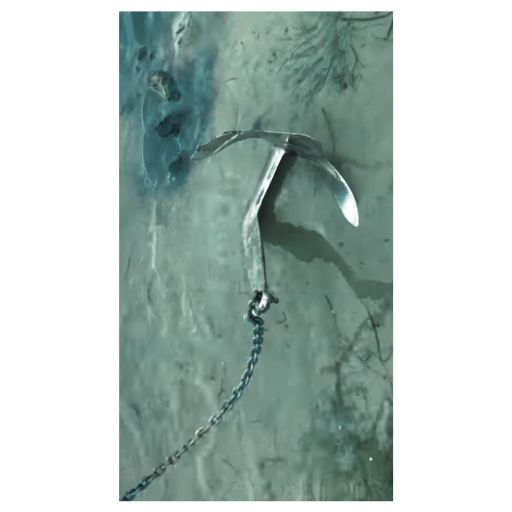
Limited Seabed Visibility
Unlike shallow water, where seafloor elements are easily observable, deep water often
covers the seafloor from sight. This limited visibility will confuse selecting a proper anchorage site and setting the seabed structure for anchoring usefulness.
Vibrant ocean currents
Strong ocean currents exert considerable lateral force on anchored vessels, affecting deepwater sites. Proper anchoring processes must be in place for these winds to ensure ship strength and power drift.
Construction of the seabed
The design of the seabed in deep water will vary wildly, from soft deposits to rocky terrain. Anchors must be qualified to infiltrate and engage the seabed to deliver a secure hold.
Technological advances
Anchoring in deep water usually needs advanced technologies, such as anchor design and active positioning strategies—accuracy commentators. We are creating remotely worked cars (ROVs).
These challenging deep-water needs will need a thorough understanding of marine regulations.
All About How does an anchor work in deep water
How does an anchor work in deep water will serve every Step of the process carefully, allowing ships to establish a secure hold in deep water, protected against drifting and ensuring operational stability.
The Step is anchor-dropping
Positioning- The vessel will steer to the desired anchorage.
Anchoring- Once the selected area is reached, the anchor will be released from its stowed place on the vessel. Depending on the vessel’s layout, it may involve a manual escape tool or an automated winch design.
The Step is sinking into the seabed
Gravity Pull—After release, the commentator’s reputation will push the anchor rapidly through the water queue towards the seabed. The descent speed will depend on the anchor’s mass and the depth of the water.
Monitoring Depth- Crew members or onboard instruments will monitor the anchor’s descent to ensure it reaches the seabed without obstruction. Communication between the crew and the bridge is essential to coordinate the anchoring process effectively.
The Step is to dig down.
As the anchor reaches the seabed, its momentum and design will facilitate penetration into the substrate. Fluke-style anchors must use their pointed tips to dig into the bottom, while plow-style anchors rely on their size to bury themselves.
Once the anchor contacts the seabed, its forward motion stops, allowing it to embed itself securely. The angle of the anchor’s flukes or arms relative to the seabed will determine its holding capacity.
The Step is chain tension
After the anchor is set, the ship’s chain or rod will be paid out to provide additional scope and weight, increasing the anchor’s holding capacity. Correct scope—the rod length ratio to anchor depth—is critical to optimal anchoring performance.
Crew members adjust the tension on the anchor chain to keep it taut without overstressing it. Monitoring instruments or visual cues, such as chain markings, help determine tension levels.
Factors Affecting Anchor Performance
Anchor design
Anchors come in different designs, such as fluke-style anchors (e.g., Danforth, Bruce). These commentators have sharp, pointed chances that dig into the seabed and deliver a safe hold.
Plow-style anchors (e.g., CQR, Delta) have a single, wide blade that can rotate to adjust to differences in seabed law. This process helps grip a variety of substrates.
Grapnel anchors will have multiple arms with substantial points, which is ideal for anchoring in rocky or rough seabeds where traditional anchors would have difficulty holding.
Mushroom anchors have a broad, flat ground that will resist removal but cannot pierce certain seabed styles.
Some anchors combine multiple design elements to maximize holding capacity across various seabed conditions.
Kind of seabed
Soft sediments Anchors work best in soft seabeds such as soil or sand, where they can effortlessly enter and form a safe hold.
Rock or Hard Substrate Anchoring on shaky or stormy seabeds will present challenges as traditional anchors work to enter and maintain grip. Grapnel-style commentators or technological rock anchors are often used in these cases.
A grassy or weedy bottom seabed covered with herbage or trash can check anchor penetration and lower holding capacity. In such cases, anchors with fluke designs or grappling things can be more helpful.
Mixed seabed types Arriving in areas with diverse seabed documents requires commentators designed to ensure reliable holding power across various substrates, and post-plans require careful review.
Weight of anchor and chain
Heavier anchors generally deliver more effective holding capability, particularly in complex or deep water situations where their progressive weight helps overcome buoyancy forces.
The size and volume of the anchor chain, comprehended as the “scope,” play an essential role in anchor placement. A proper scope securely sets the anchor and provides additional importance for improving holding power.
The fabric and diameter of the anchor chain will affect its
strength and opposition to scraping, decay, and distortion. A high-quality, perfectly sized chain is required for a reliable anchoring structure.
By understanding and accounting for these factors, sailors will provide the safety and strength of their ships in different aquatic habitats. They may also select the most suitable host and anchoring method for living needs.
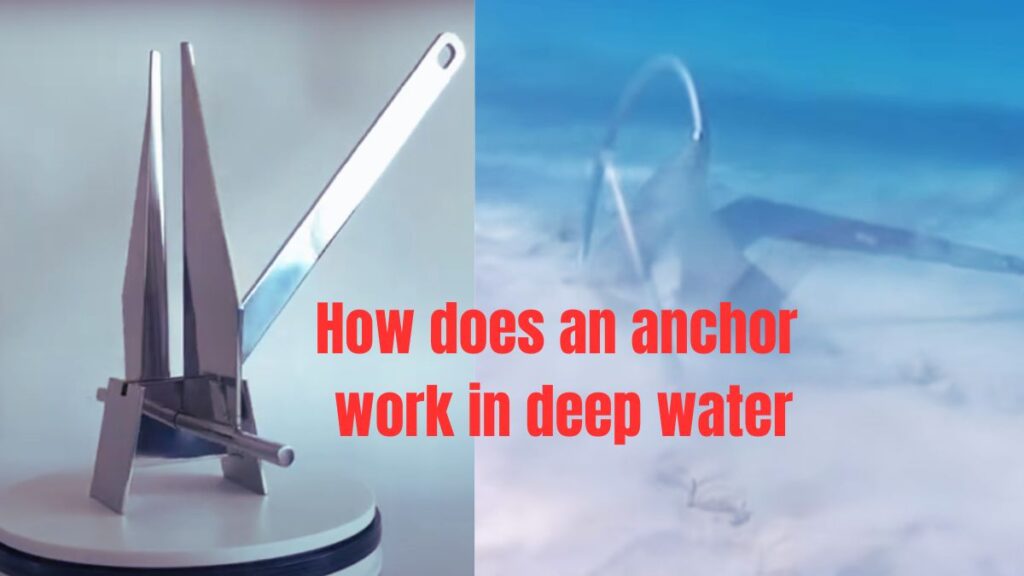
Conclusion
Anchoring in deep water affects a tender approach driven by different factors to provide the security and peace of ocean containers. Broadcasters will be necessary to ensure ships are in the active points of wind, winds, and surges. Comprehending the complexities of anchor design, seabed characteristics, and anchor post techniques is critical to attaining optimal anchoring arrangement. Thank you for reading our article titled How does an anchor work in deep water
Frequently Asked Questions
Q. How does an anchor work underwater?
Ans: Anchors achieve saving power by “hooking” into the seabed, weight, or a mixture of the two. The weight of the commentator chain can be more than that of the commentator and is essential to good holding. Permanent moorings use big groups (commonly a block or slab of concrete) resting on the seabed.
Q. How do anchors work in the middle of the ocean?
Ans: A sea anchor supplies hydrodynamic drag and serves as a brake rather than tethering the boat to the seabed like a traditional anchor. Generally connected to a vessel’s bows, a sea anchor can prevent the boat from turning broadside to the waves and being dominated by them.
Q. What is the maximum depth for anchoring?
Ans: So 40 ft or 12 m is the safe limit for landing depth if there is proper part wind when operating chain and cord rides. If you typically want to anchor in deeper water in your smaller boat, extend your initial chain section.





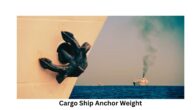
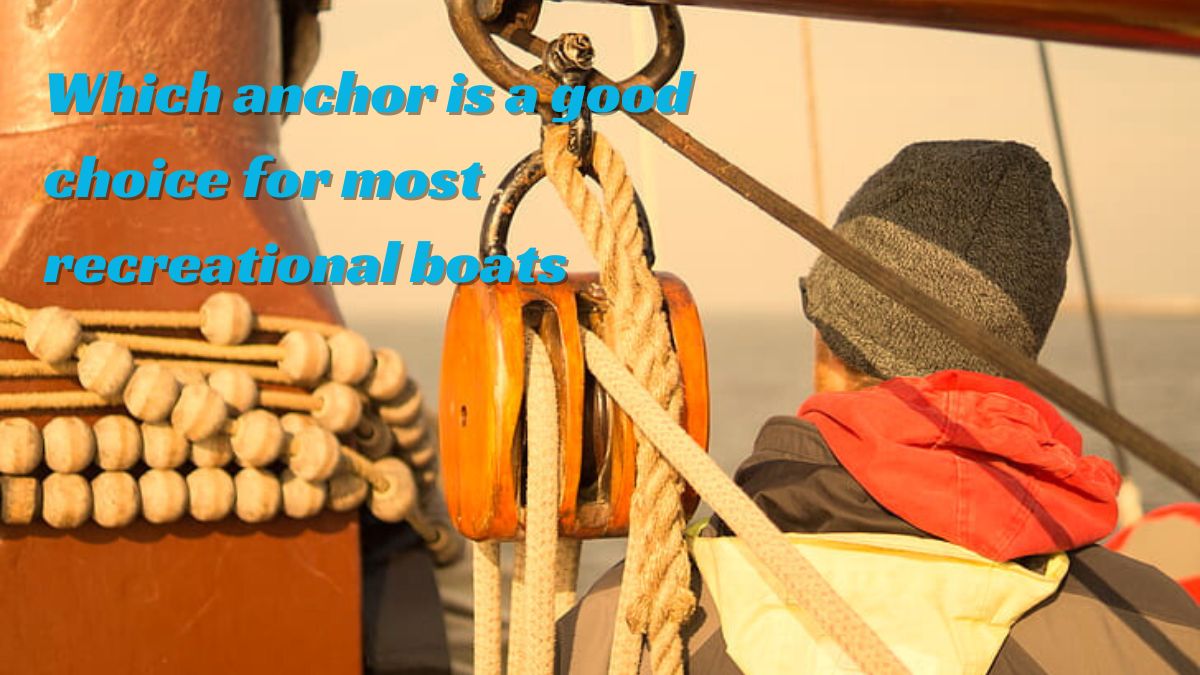
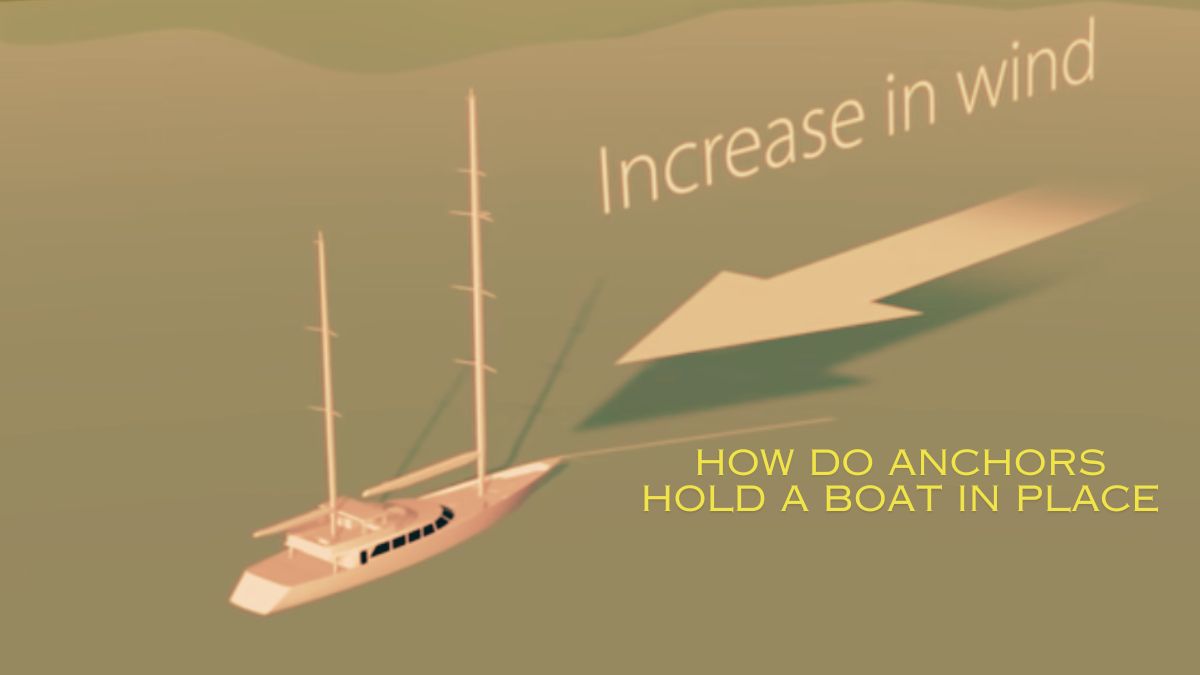
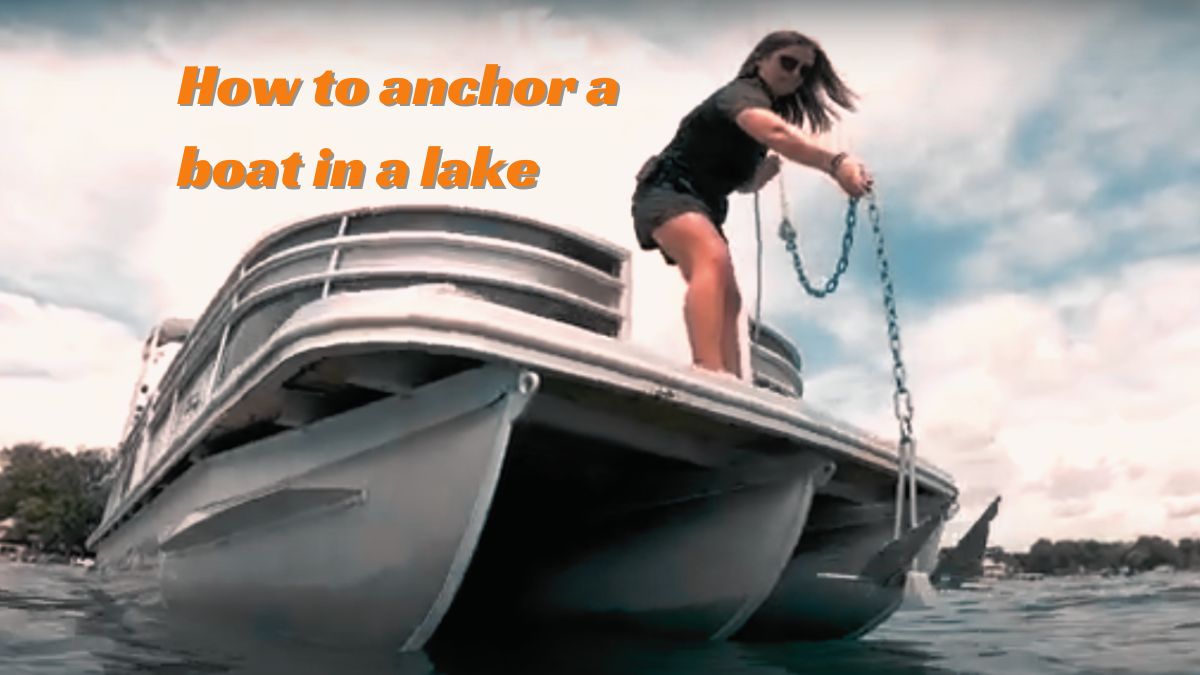
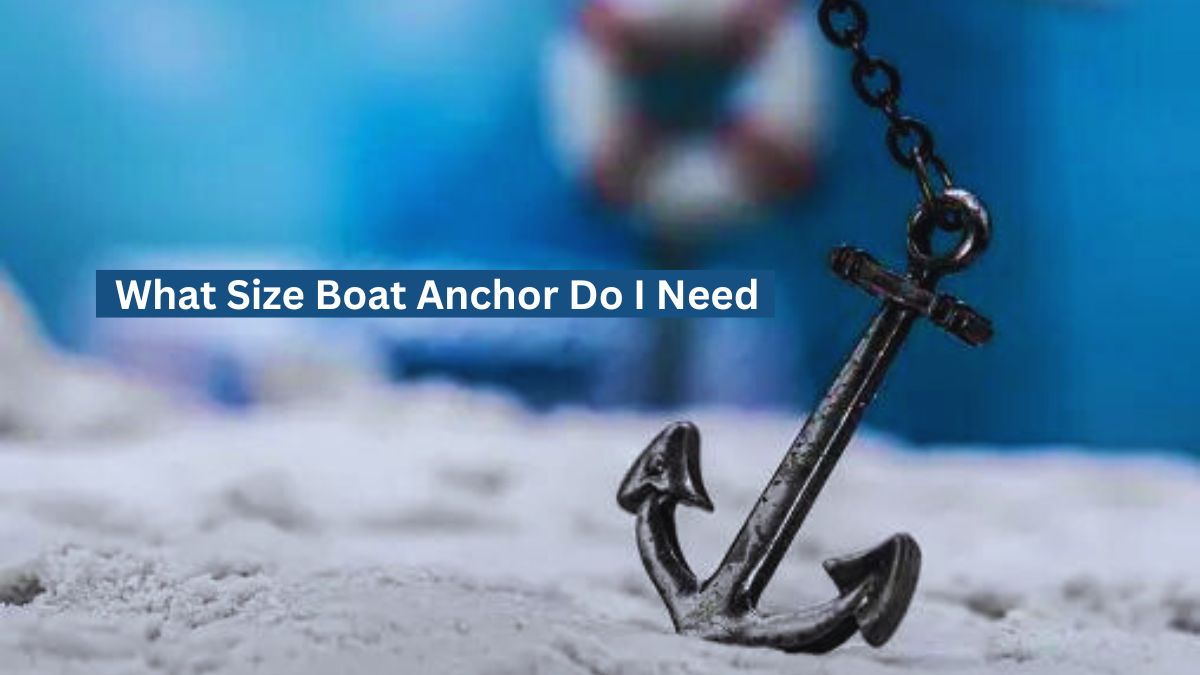



Leave a Reply